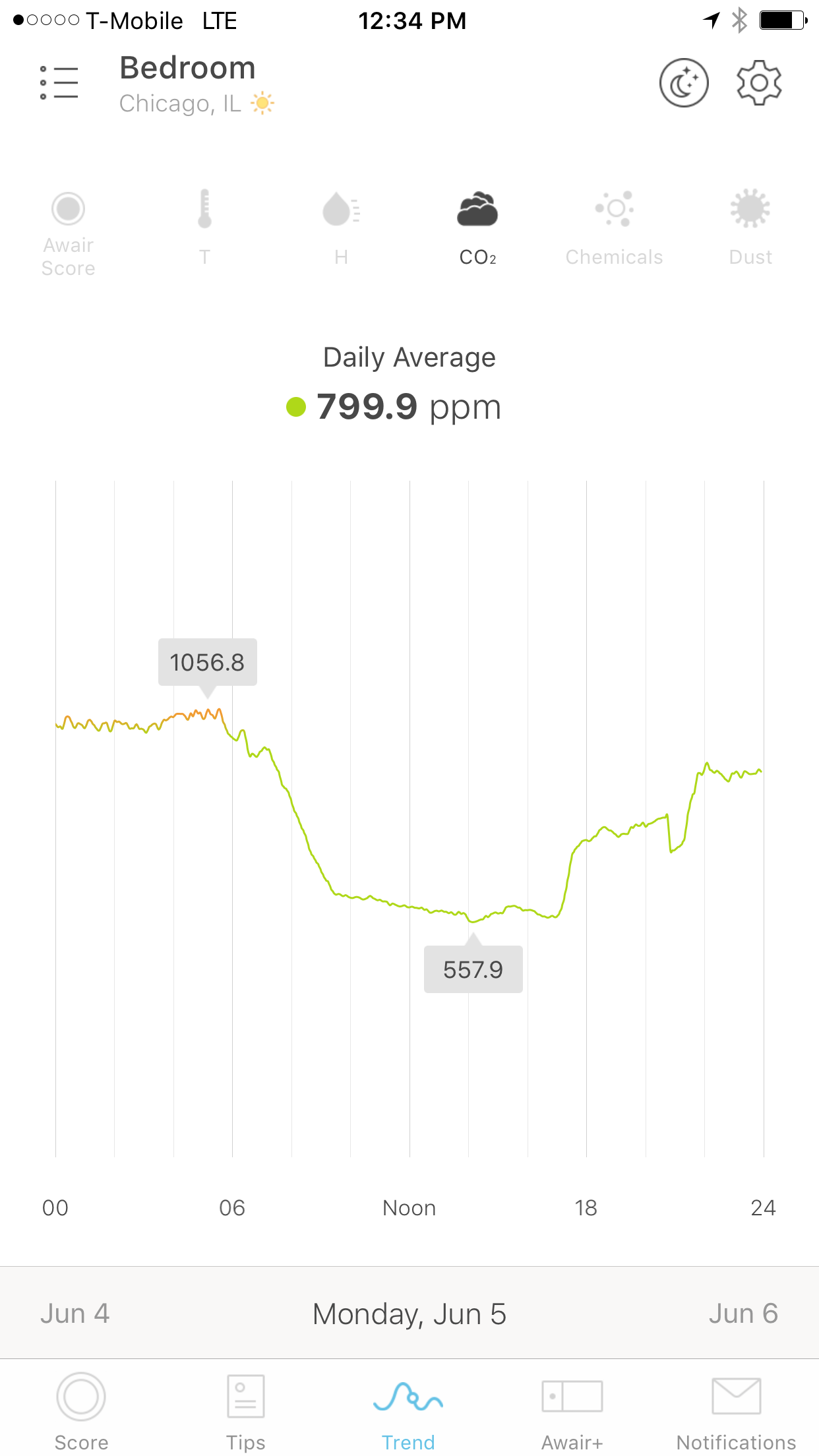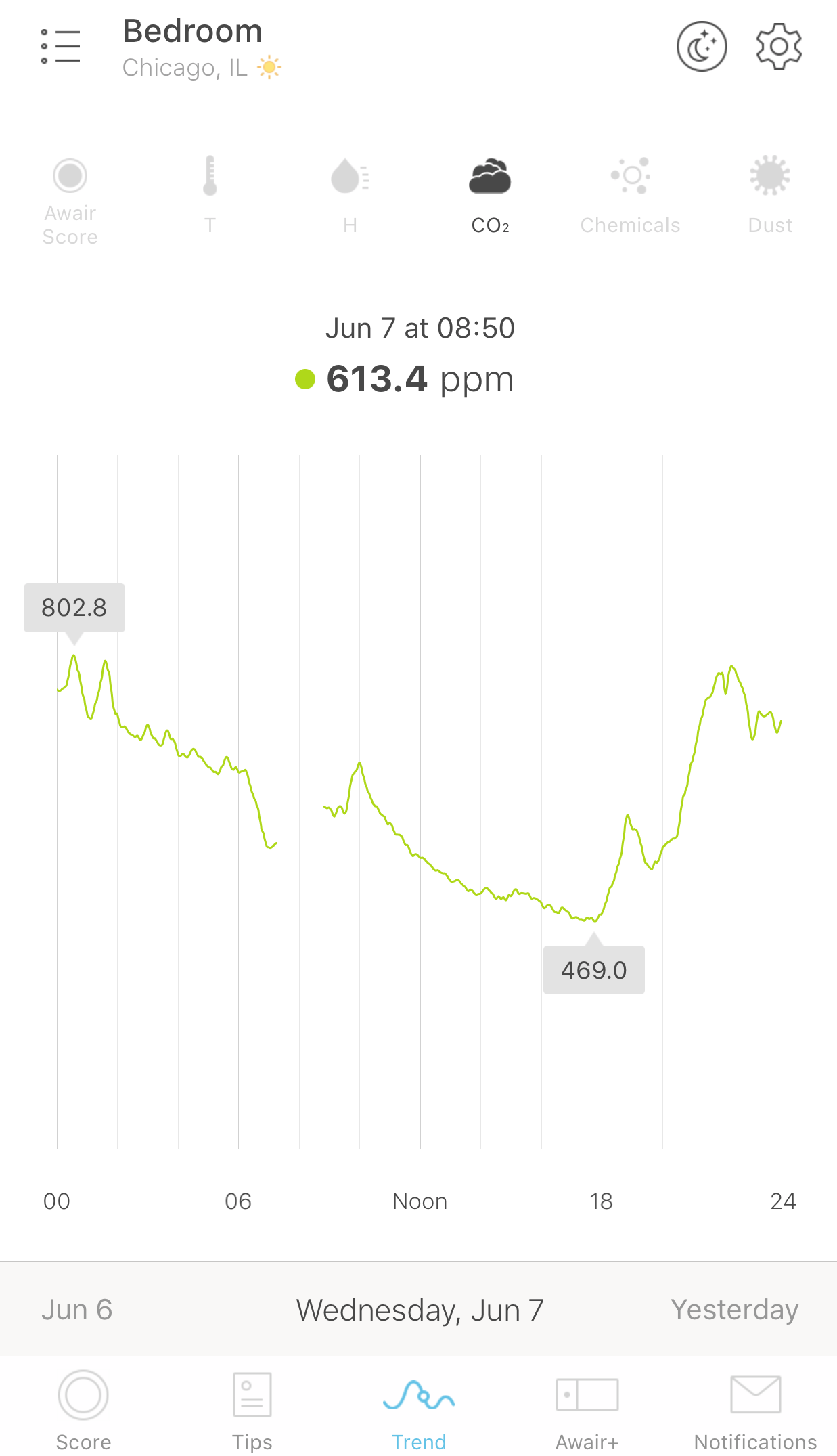- Energy Code Assistance
- Energy Code Facts
- IECC Blower Door Test
- Illinois Blower Door Test Results
- Addison Blower Door Test Results | Air Leakage Testing | Energy Code Testing
- Antioch Blower Door Test Results | Air Leakage Testing | Energy Code Testing
- Arlington Heights, IL Blower Door Test Results I IECC Code Verification
- Barrington Blower Door Test Results | Air Leakage Testing | Energy Code Testing
- Barrington Hills Blower Door Test Results I Illinois Energy Code Tests
- Beach Park Blower Door Test Results | Air Leakage Testing | Energy Code Testing
- Bloomingdale Blower Door Test Results | Air Leakage Testing | Energy Code Testing
- Brookfield Blower Door Test Results | Air Leakage Testing | Energy Code Testing
- Chicago Blower Door Tests | Illinois Energy Code Testing
- Clarendon Hills Blower Door Tests | Clarendon Hills Energy Conservation Code Testing
- Deerfield, IL Blower Door Tests I IECC Verification
- Desplaines Blower Door Tests | Air Leakage Testing | Energy Code Testing
- Downers Grove Blower Door Test Results I Illinois Energy Code Tests
- Elk Grove Blower Door Test Results | Air Leakage Testing | Energy Code Testing
- Elmhurst Blower Door Test
- Glen Ellyn Blower Door Tests | Air Leakage Tests | Illinois Energy Code Testing
- Glencoe, IL Blower Door Tests I IECC Code Compliance
- Glenview Blower Door Test Results | Air Leakage Testing
- Highland Park Blower Door Test Results | Air Leakage Testing | Energy Code Testing
- Hinsdale Blower Door Test Results
- Kenilworth Blower Door Test Results | Air Leakage Testing | Energy Code Testing
- Lake Forest Blower Door Test Results | Air Leakage Testing | Energy Code Testing
- Lake Zurich Blower Door Test Results | Air Leakage Testing | Energy Code Testing
- Lombard Blower Door Testing | Air Leakage Testing Results
- Mount Prospect Blower Door Test Results | Air Leakage Testing | Energy Code Testing
- Naperville Blower Door Test | Illinois Energy Code Testing
- Niles Blower Door Tests | Illinois Energy Code | Air Tightness Testing
- Northbrook Blower Door Test Results | Air Leakage Test
- Oak Brook Blower Door Test Results | Air Leakage Testing | Energy Code Testing
- Palatine Blower Door Test Results | Air Leakage Testing | Energy Code Testing
- Park Ridge Blower Door Test | Illinois Energy Code | Air Tightness Testing
- Skokie, IL Blower Door Tests I IECC Verification
- Vernon Hills Blower Door Test Results | Air Leakage Testing | Energy Code Testing
- Western Springs Blower Door Test Results | Air Leakage Testing | Energy Code Testing
- Wilmette Blower Door Tests | Air Leakage Testing | Illinois Energy Code Testing
- Winnetka Blower Door Results | Air Leakage Testing | Illinois Energy Conservation Code
- Illinois Blower Door Test Results
- IECC Duct Testing
- IECC Energy Modeling
- Energy Code Comparison Charts
- Indoor Air Quality
- Energy Efficiency
- Aeroseal
- Facts & Benefits of Duct Sealing
- Aeroseal for New Construction & Code Compliance
- Aeroseal for Commercial Buildings
- Aeroseal for Existing Homes
- Aeroseal Service Territory | Illinois Leading Aeroseal Dealer
- Addison Aeroseal | Illinois Duct Sealing | Duct Testing
- Arlington Heights Aeroseal | Illinois Duct Sealing | Duct Test
- Barrington Aeroseal | Illinois Duct Sealing | Duct Testing
- Brookfield Aeroseal | Illinois Duct Sealing | Duct Testing
- Chicago Aeroseal | Illinois Duct Sealing | Duct Test
- Clarendon Hills Aeroseal | Illinois Duct Sealing | Duct Testing
- Cook County Aeroseal | Illinois Duct Sealing | Duct Testing
- Deerfield Aeroseal | Illinois Duct Sealing | Duct Tests
- Des Plaines Aeroseal | Illinois Duct Sealing | Duct Testing
- Downers Grove Aeroseal | Illinois Duct Sealing | Duct Testing
- Dupage County Aeroseal | Illinois Duct Sealing | Duct Testing
- Elk Grove Village Aeroseal | Illinois Duct Sealing | Duct Test
- Elmhurst Aeroseal | Illinois Duct Sealing | Duct Tests
- Evanston Aeroseal | Illinois Duct Sealing | Duct Testing
- Glen Ellyn Aeroseal | Illinois Duct Sealing | Duct Testing
- Glenview Aeroseal | Illinois Duct Sealing | Duct Sealing & Testing
- Highland Park Aeroseal | Illinois Duct Sealing | Duct Tests
- Hinsdale Aeroseal | Illinois Duct Sealing | Duct Testing
- Kenilworth Aeroseal | Illinois Duct Sealing | Duct Testing
- Lake County Aeroseal | Illinois Duct Sealing | Duct Testing
- Lake Forest Aeroseal | Illinois Duct Sealing | Duct Testing
- Lake Zurich Aeroseal | Illinois Duct Sealing | Duct Testing
- Lombard Aeroseal | Illinois Duct Sealing | Duct Testing
- Mt. Prospect Aeroseal | Illinois Duct Sealing | Duct Testing
- Naperville Aeroseal | Illinois Duct Sealing | Duct System Testing & Sealing
- Niles Aeroseal | Illinois Duct Sealing | Duct Leakage Testing
- Northbrook Aeroseal | Illinois Duct Sealing | Duct Testing
- Northfield Aeroseal | Illinois Duct Sealing | Duct Testing
- Oakbrook Aeroseal | Illinois Duct Sealing | Duct Testing
- Oakpark Aeroseal | Illinois Duct Sealing | Duct Testing
- Orland Park Aeroseal | Illinois Duct Sealing | Duct Testing
- Palatine Aeroseal | Illinois Duct Sealing | Duct Tests
- Park Ridge Aeroseal | Illinois Duct Sealing | Duct Tests
- Schaumburg Aeroseal | Illinois Duct Sealing | Duct Tests
- Vernon Hills Aeroseal | Illinois Duct Sealing | Duct Testing
- Western Springs Aeroseal | Illinois Duct Sealing | Duct Testing
- Wilmette Aeroseal | Illinois Duct Sealing| Duct Sealing & Testing
- Winnetka Aeroseal | Illinois Duct Sealing | Duct Testing
- The Cost of Duct Leakage
- HVAC Design & Testing
- HVAC Residential Design, Test & Balance
- HVAC Commercial Design, Test & Balance
- Ventilation Systems Defined
- Commercial Client List
- HVAC Sizing Territory | Mechanical Sizing | Test and Balance
- Addison Test & Balance | Mechanical Sizing | ACCA Manual J
- Arlington Heights Test & Balance | Mechanical Design | ACCA Manual J
- Barrington IL Test & Balance | Mechanical Sizing | ACCA Manual J
- Brookfield Test and Balance | Mechanical Sizing | ACCA Manual J
- Chicago Test & Balance | Mechanical Design | ACCA Manual J
- Claredon Hills Mechanical Sizing | ACCA Manual J Loads | Test and Balance
- Cook County Mechanical Sizing | ACCA Manual J Loads | Test and Balance
- Deerfield Mechanical Sizing | ACCA Manual J Loads | Test and Balance
- Des Plaines Mechanical Sizing | ACCA Manual J Loads | Test and Balance
- Downers Grove Mechanical Sizing | ACCA Manual J Loads | Test and Balance
- Dupage County Mechanical Sizing | ACCA Manual J Loads | Test and Balance
- Elk Grove Village Mechanical Sizing | ACCA Manual J Loads | Test and Balance
- Elmhurst Mechanical Sizing | ACCA Manual J Load Calcs | Test and Balance
- Evanston Mechanical Sizing | ACCA Manual J Loads | Test and Balance
- Glen Ellyn Mechanical Sizing | ACCA Manual J Loads | Test and Balance
- Glenview Mechanical Sizing | ACCA Manual J Loads | Test and Balance
- Highland Park Mechanical Sizing | ACCA Manual J Loads | Test and Balance
- Hinsdale Mechanical Sizing | ACCA Manual J Loads | Test and Balance
- Kenilworth Mechanical Sizing | ACCA Manual J Loads | Test and Balance
- Lake County Mechanical Sizing | ACCA Manual J Loads | Test and Balance
- Lake Forest IL Test & Balance | Mechanical Sizing | ACCA Manual J
- Lake Zurich Test & Balance | Mechanical Sizing | ACCA Manual J
- Lombard Test & Balance | Mechanical Sizing | ACCA Manual J
- Mount Prospect Test & Balance | Mechanical Sizing | ACCA Manual J
- Naperville Test & Balance | Mechanical Sizing | ACCA Manual J
- Niles Test & Balance | Mechanical Sizing | ACCA Manual J
- Northbrook Test & Balance | Mechanical Sizing | ACCA Manual J
- Northfield Test & Balance | Mechanical Sizing | ACCA Manual J
- Oakbrook Test & Balance | Mechanical Sizing | ACCA Manual J
- Oakpark Test & Balance | Mechanical Sizing | ACCA Manual J
- Orland Park Test & Balance | Mechanical Sizing | ACCA Manual J
- Palatine Test & Balance | Mechanical Sizing | ACCA Manual J
- Park Ridge Mechanical Sizing | ACCA Manual J Load Calcs | Test and Balance
- Schaumburg Test & Balance | Mechanical Sizing | ACCA Manual J
- Building Science Training
Do you ever wake up feeling tired and groggy even after getting a more than adequate night of sleep? There are a number of causes for poor quality of sleep, but before you spend money on a new mattress, first consider the quality of the air in your bedroom.
Priority Energy has helped numerous clients measure the air quality throughout their homes and businesses and have installed solutions that have significantly improved the quality of their indoor air. We often receive feedback on the positive effects of the IAQ solutions we provide; and some of these have been related to better sleep. Based on these comments we began to research just how indoor air quality can effect sleep habits and the quality of sleep.
EPA studies have found indoor air to be up to 70 times worse than outdoor air. Moisture, humidity, mold, dust and dander all reak havoc on people with respiratory issues. We are trained IAQ specialists and also train others to test and improve IAQ and comfort in homes and businesses.
IAQ and Sleep
We found a wealth of research addressing IAQ and quality of sleep. Here are two we thought were excellent:
- Zanobetti A et al, "Associations of PM10 with sleep and sleep-disordered breathing in adults from seven U.S. urban areas" - 2010
- P. Strøm-Tejsen et al, "The effects of bedroom air quality on sleep and next-day performance" - November 5, 2015
The above reports refer to the metrics used to measure quality of our indoor air such as particulates at 10 microns and below (PM10), carbon dioxide, and many others.
At Priority Energy we typically measure all of the following IAQ metrics:
- Temperature
- Humidity
- Carbon Dioxide (CO2)
- Volatile Organic Compounds (VOCs)
- Particulates
We have installed IAQ solutions for many home and business owners based on industry best practices, such as ASHRAE 62.2 - 2013 methods, which have significantly improved overall air quality, but pondered whether the better air quality also impacted better quality of sleep.
Our Sleep Study
To better understand the correlation between the quaity of air in bedrooms and sleep quality, we conducted our own experiment. Priority Energy installed IAQ meters in the bedrooms of our own employees and customers to measure the IAQ metrics throughout the night.
Our findings were interesting. Homes in which Priority Energy had designed and/or implemented systems to control IAQ, such as:
- Properly sized mechanical systems
- Whole home ventilation solutions
- Automated humidity control solutions (humidifiers, dehumidifiers and controls)
- Sealed duct systems with whole home filtration (MERV 13 filters or better)
Findings showed that temperature, VOCs and particulates did not fluctuate much during the night and stayed in the ideal range. However, we did find that humidity and carbon dioxide levels had climbed to less than ideal levels in some of the homes. Here are some examples of what we found:
Here's an example of CO2 levels in one of the homes studied:
Notice how the carbon dioxide levels climbed above 1,000 PPM throughout the night, and quickly dropped after 6:00am. While hard levels have not been set for CO2 and sleeping, we've targeted levels below 1,000 PPM for optimal performance.
To address the elevated CO2 levels, we increased the HVAC continous fan speed during sleep times. We did this because the HVAC system in this house had fresh air (mechanical ventilation) attached to return ductwork and we knew by turning up the fan speed we could increase the amount of fresh air being supplied to the bedroom. Look at the difference in both the peak and average CO2 levels in the bedroom!
Our Study Results
The homeowner reported more satisfying sleep after this one small change! We recoginize longer term follow-up is needed and will report back soon with more results!
Contact Priority Energy today, if you would like to have use look for ways to improve the IAQ and sleep quality in your home (or business)! - 800.737.2299


